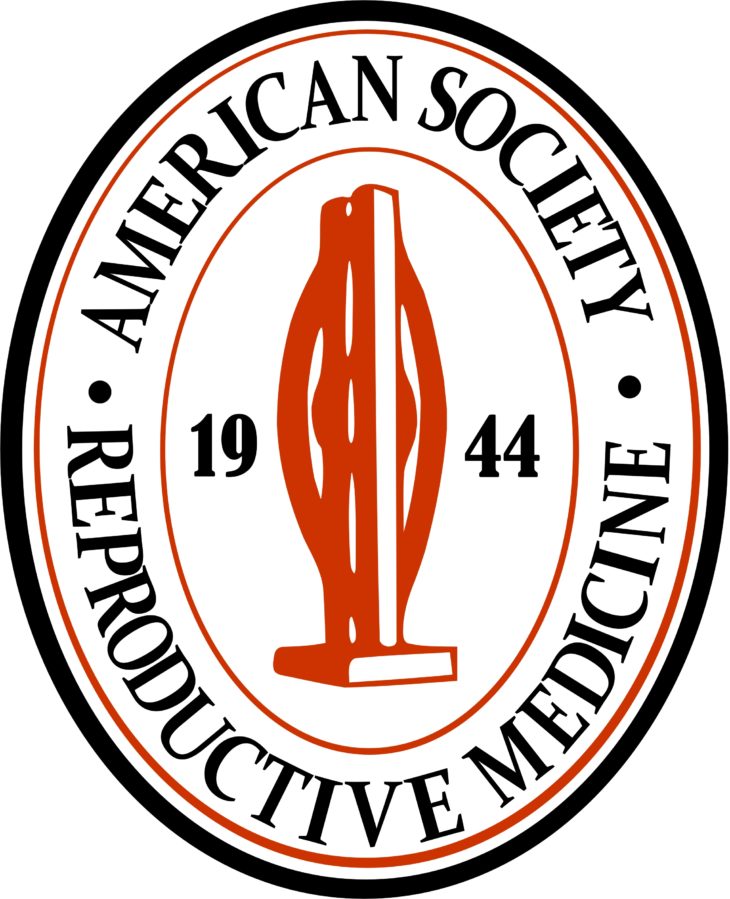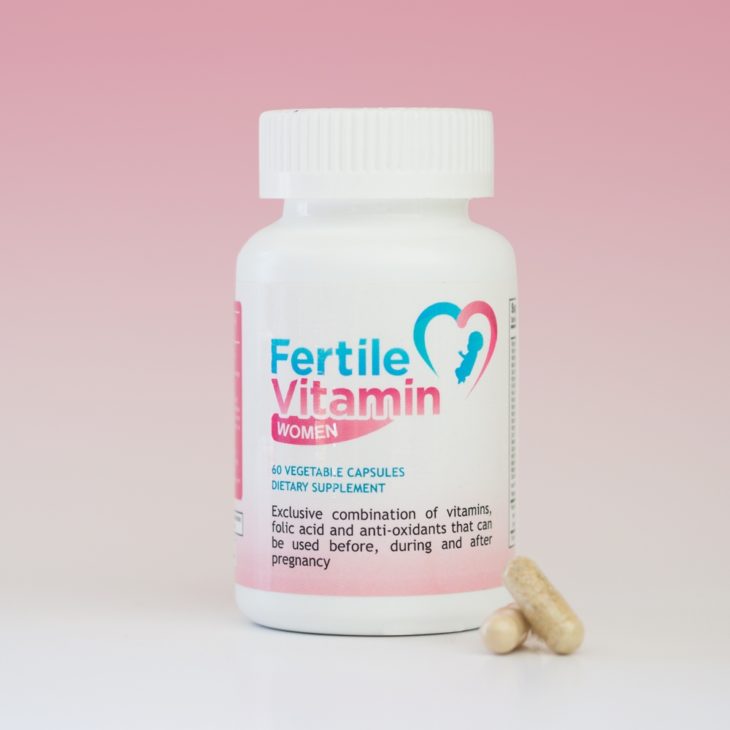New Saturday Hours
LA IVF now offers Saturday morning appointments for New Patient Consultations. Please contact our office at 310-286-2800 for scheduling. We look forward to meeting you!
Is AMH (Anti-Mullerian Hormone) a Reliable Marker for Ovarian Reserve?
Are you concerned about your ovarian reserve? Well, AMH may just be the right test for you. You may want to get the level checked to find out whether your egg reserve is declining or not. If the egg reserve is declining, egg freezing may be a good option because the sooner you act on […]
Dr. Bayrak attending ASRM 14th Annual Meeting

Dr. Bayrak will be attending the 14th Annual Meeting of the American Society for Reproductive Medicine. Details: October 18 to 22, 2014 Honolulu, Hawaii 2014 ASRM is the premier reproductive medicine meeting of the year, boasting phenomenal scientific, postgraduate, and video programs. Plenary lectures by noted luminaries in the field will address state-of-the-art issues in […]
Fertile Vitamin Now Available On Amazon

Fertile Vitamin, a range of fertility supplements for women and men, is now available at Amazon. Shipping is free for Amazon Prime members. Order your fertility supplements now!
Should I Use Donor Eggs Or Try IVF With My Eggs?
Using eggs from a younger donor can contribute to IVF success and significantly improve a woman’s chances of pregnancy. This is because the age of the egg is, in many cases, a more important factor than the age of the woman (if considered separately than her eggs) in influencing the likelihood of success from IVF […]
Alternative IVF Protocols
IVF is a constantly changing field that takes advantage of new research and technologies to help women overcome barriers in becoming pregnant. This has led to the development of a variety of protocols—processes or regimens—that IVF employs to help women, who otherwise could not, become pregnant and bear children. For many people, only when they […]
LA IVF CLINIC Announces New, Enhanced Infertility Clinic In West Los Angeles
LOS ANGELES, June 23, 2014 – PRNewswire LA IVF CLINIC (LA IVF), a leading clinic with a national and international reputation, has announced the creation of a new facility in West Los Angeles. The new and expanded clinic will officially open its doors on June 23rd and is located at 2080 Century Park East, Suite […]
What Can I Do After a Failed IVF Treatment?
In Vitro Fertilization (IVF) has improved by leaps and bounds over the last two decades. It has been reported that IVF treatment resulted in 61,740 live births in the U.S. in 2012, compared to only 20,143 in 1998. But not all IVF procedures are successful. And if yours was not successful, you may not know […]
Treating Endometriosis
There are many treatments for endometriosis and the right one depends on the particular case, associated symptoms and desire for pregnancy. Consult your obstetrician-gynecologist or a fertility specialist, if you have endometriosis or have symptoms suspicious for endometriosis. The treatment can be observation, medical or surgical depending on many variables and individual circumstances. There is […]
Should I test my embryos during my IVF treatment cycle?
Genetic testing has been in the news a lot lately. Unfortunately, a lot of what is being said and written is not accurate. While it’s quite a complicated topic, here are five facts that should give you a clearer understanding of the ins and outs of genetic testing, particularly as it relates to IVF. The […]









